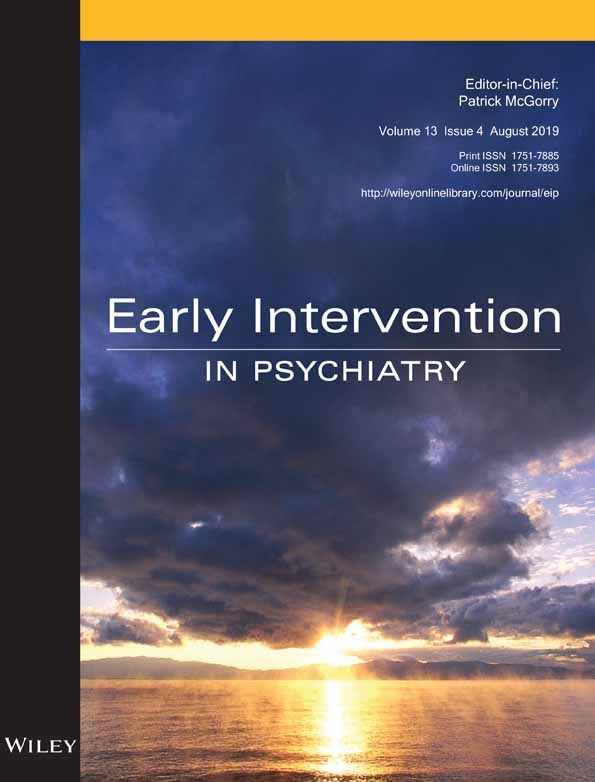Clinical high risk for psychosis: The effects of labelling on public stigma in a undergraduate population
Abstract
Aim
Schizophrenia is a highly stigmatized disorder. Identification of youth at high risk for psychosis has the potential for improved outcomes. However, identifying youth at risk could subject them to increased public stigma. Using an experimental vignette design, this study examined relative levels of public stigma elicited by the labels “schizophrenia,” “clinical high risk (CHR),” “attenuated psychotic symptoms syndrome (APSS),” a label implying normative adolescent development (“a bad breakup”), and a no-label control condition.
Methods
Ninety-six undergraduates (age: 18.8 + 1.1, range: 18-22) read a vignette describing an adolescent experiencing symptoms typical of CHR for psychosis. The vignette label (APSS, CHR, schizophrenia, a bad breakup or no label) was counterbalanced between participants. Participants answered questions assessing stigma toward the individual and their prior knowledge of and familiarity with psychosis.
Results
Overall stigma did not differ across conditions. Only ratings of personal responsibility were higher for the breakup label than the schizophrenia label (P < .05). More prior knowledge about, and higher familiarity with, psychotic symptoms predicted lower overall stigma.
Conclusion
We did not find that schizophrenia, CHR or APSS labels elicited elevated stigma in this sample relative to the control labels. This may reflect relatively low levels of mental health stigma in the group studied, a new finding inconsistent with earlier work. Greater levels of knowledge about and familiarity with psychosis were associated with lower stigma. These findings reinforce the potential for mental health awareness campaigns to reduce stigma but also raise questions about factors contributing to lower rates of stigma.




